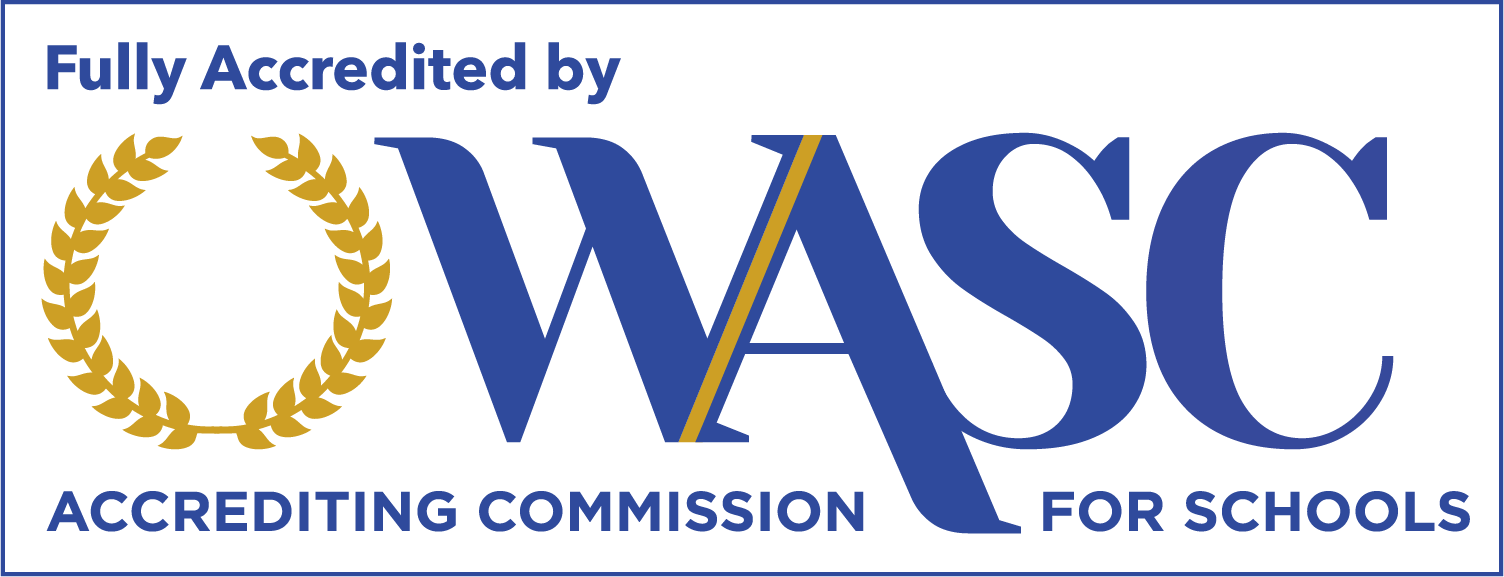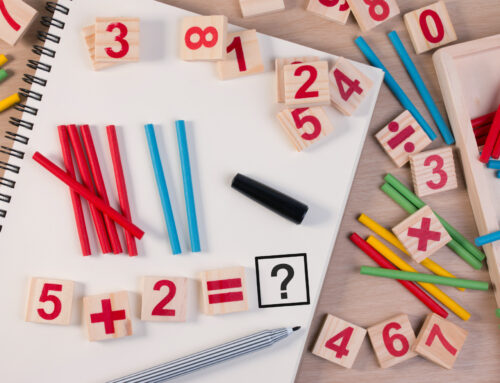Making Math Real: Effective Strategies for Bringing Math Lessons to Life
An estimated 3-7% of children, adolescents, and adults have dyscalculia – a learning disorder that affects how individuals understand numbers and math. While many people may struggle with math, those with dyscalculia are at risk of falling behind in school and having real-life difficulties with everyday tasks.
Do you have a child that struggles with abstract math formulas? If so, you might be wondering if there is a way to start teaching math lessons in a way that brings them to life.
Making Math Real is a simultaneous multisensory structured methodology designed to help kids, parents, and teachers overcome obstacles like dyscalculia. Keep reading to learn more about how it works and some techniques to use.
Why Does Math Matter?
Unfortunately, there are many ways that our current education system falls short of providing an inclusive learning environment. Children with learning disabilities often struggle far more than their peers since they may not process information similarly.
For instance, individuals with dyscalculia struggle with mathematical concepts. Their brains struggle to process math symbols and to process number-related information.
As such, it becomes difficult for them to solve operations, understand concepts, or even memorize multiplication tables.
We use math so much that it can be easy to forget how much numbers play a part in our lives. We use math to pay for purchases or bills, determine the time, measure speed, calculate distance, and more. We count and measure for cooking, playing music, managing our finances, and other everyday tasks.
Math is so crucial in our lives that we begin learning basic concepts and formulas when we are young. However, kids who struggle to comprehend these basic equations and formulas will continue to fall behind as math becomes more complex.
So, what is the solution?
Taking abstract mathematical information and applying it to the physical world helps dyscalculic students learn. That is where Making Math Real makes a difference. It helps educators create math lesson plans that reach all children.
The Making Math Real Approach
Making Math Real is a simultaneous multisensory structured approach to mathematics. It benefits students, parents, and educators. It’s also a beneficial approach for all students from K-12.
Let’s break down what it means. Simultaneous multisensory methods are meant to activate and link a student’s processing skills. These teaching methods link auditory, visual, and touch/motor senses.
Rather than simply reading a book or hearing a teacher explain a formula on a board, kids receive the information in three different ways. As such, it maximizes an individual’s information processing and helps them to learn better.
It’s also a structured approach. Instruction begins with a basic foundation and builds upon ideas from the concrete to the abstract. The goal is to form essential connections before introducing a new element.
Making Math Real is a curriculum or methodology that works for all students, regardless of their processing styles and abilities. It has connections to cognitive science and neurobiology. It also focuses on comprehension, not mere memorization.
The problem with rote memory is that students may remember the information for a test, but forget it weeks or even days later. Additionally, there isn’t always a link between memorization and comprehension.
When it comes to mathematics, many students go through the motions and use formulas without truly understanding why it works.
Making Math Real is also an approach that benefits educators as it allows them to create a learning environment that serves every student’s needs.
Multi-Sensory Techniques
Now that you know more about the difficulties many students with mathematical learning disabilities face, how can you help? Following the Making Math Real methodology and educating yourself about the different ways to link the senses and reach your students is the best way to get started. However, we’ve also put together a few ideas for multi-sensory techniques.
If you’re trying to assist kids with math difficulties, it helps to know what type of learner they are.
Tactile
Tactile or touch learning helps to reinforce an idea. It’s often used to help young children grasp basic numbers.
For instance, you might give a kindergartener Play-Doh and tell them to form different numbers. You could say the number three and have the child form the number out of Play-Doh.
Let kids draw, touch, move, or build while discussing numbers and mathematical equations. Use manipulative objects to reinforce ideas in a way that connects their sense of touch with sight and sound.
Kinesthetic
Individuals who learn best using kinesthetic techniques use their entire bodies to learn. They’re similar to those who learn well through tactile learning but would rather use their fingers, arms, legs, etc. to understand concepts.
You can help as an instructor by letting them move as they learn. It can make math more fun for the entire class!
One idea to implement multi-sensory experiences is to use music and dance in your learning process. There are plenty of songs and dances online that you can find to help students learn concepts.
Verbal
We often think about writing math equations on paper or a whiteboard. However, talking about a problem can help verbal learners comprehend a topic better.
Let kids talk about the process as they work it out. Let them think out loud.
Combine the senses by giving kids flash cards and having them “write” the numbers in the air while saying them aloud. For example, they could write 3 + 4 = 7 in the air and speak each number and part of the equation aloud to help the concept sink in.
Ask follow-up questions, like what sign they see after three.
Help Kids Succeed
Making Math Real is an approach that combines the senses to help kids comprehend equations and problems. It uses all the senses during the learning process to ensure concepts stick, benefiting all students.
Our program can help your children succeed in school and overcome math difficulties, as well as other learning challenges they may face. Learn more about how we can help on our admissions page.


